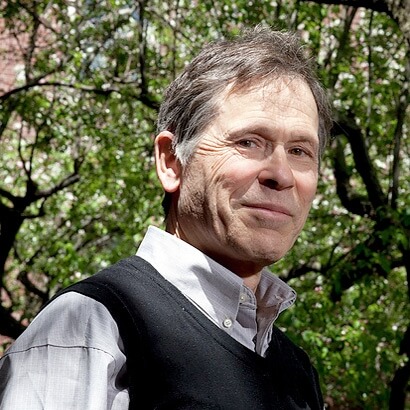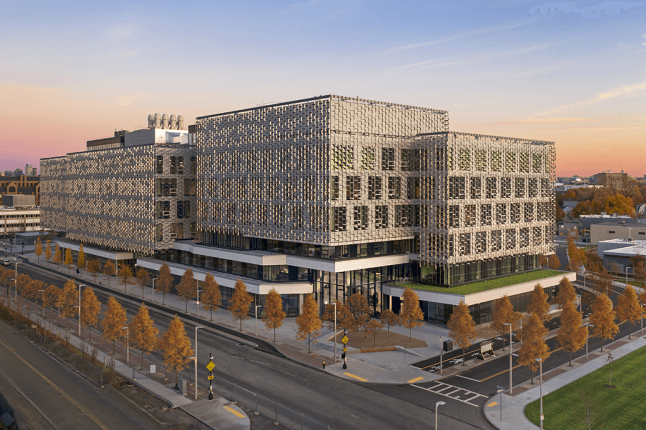News
Steven C. Wofsy is among newly elected members of the National Academy of Sciences. (Image courtesy of the Harvard University Center for the Environment.)
Steven C. Wofsy, Abbott Lawrence Rotch Professor of Atmospheric and Environmental Science and Area Dean for Environmental Science and Engineering at the Harvard School of Engineering and Applied Sciences (SEAS), has been elected to the National Academy of Sciences (NAS).
Wofsy, an expert in atmospheric measurement and modeling who is also an Associate of Harvard Forest, is among the 72 new members and 18 foreign associates from 15 countries elected in recognition of their distinguished and continuing achievements in original research.
To date, 10 SEAS faculty members, including Wofsy, have been elected to the NAS.
Wofsy and his associates study the two-way exchange of gases between natural ecosystems and the atmosphere, the emissions, transformations and deposition of atmospheric pollutants, the processes that transport pollutants in the atmosphere, and depletion of stratospheric ozone.
Their focus is on long-term measurements to help understand processes affecting atmospheric composition on time scales relevant to climate change, and airborne observations to define rates of pollutant transport and sources or sinks of key gases (CO2, CO, nitrogen oxides) on continental and global scales.
Since 2004, Wofsy has served as the lead investigator of the the National Science Foundation-sponsored HIAPER (High-performance Instrumented Airborne Platform for Environmental Research) Pole-to-Pole Observations (HIPPO) project. The effort aims to investigate the Carbon Cycle and greenhouse gases throughout various altitudes of the western hemisphere through the annual cycle.
Wofsy received his B.S. from the University of Chicago and his M.A. and Ph.D., both in chemistry, from Harvard University. He joined the Division of Engineering and Applied Physics at Harvard (now SEAS) in 1973.
Other Harvard-affiliated newly elected NAS members include:
- Gary Chamberlain, the Louis Berkman Professor of Economics at Harvard University;
- George M. Church, director of the Lipper Center for Computational Genetics and professor of genetics at Harvard Medical School;
- Joseph Harris, mathematics professor at Harvard University;
- Andrew Strominger, the Gwill E. York Professor of Physics at Harvard University; and
- X. Sunney Xie, the Mallinckrodt Professor of Chemistry and Chemical Biology at Harvard University
###
The National Academy of Sciences (NAS) is an honorific society of distinguished scholars engaged in scientific and engineering research, dedicated to the furtherance of science and technology and to their use for the general welfare.
The NAS was signed into being by President Abraham Lincoln on March 3, 1863, at the height of the Civil War. As mandated in its Act of Incorporation, the NAS has, since 1863, served to "investigate, examine, experiment, and report upon any subject of science or art" whenever called upon to do so by any department of the government. Scientific issues would become even more contentious and complex in the years following the war. To keep pace with the growing roles that science and technology would play in public life, the institution that was founded in 1863 eventually expanded to include the National Research Council in 1916, the National Academy of Engineering in 1964, and the Institute of Medicine in 1970.
Topics: Environment, Climate, Awards
Cutting-edge science delivered direct to your inbox.
Join the Harvard SEAS mailing list.
Scientist Profiles
Steven C. Wofsy
Abbott Lawrence Rotch Professor of Atmospheric and Environmental Science




